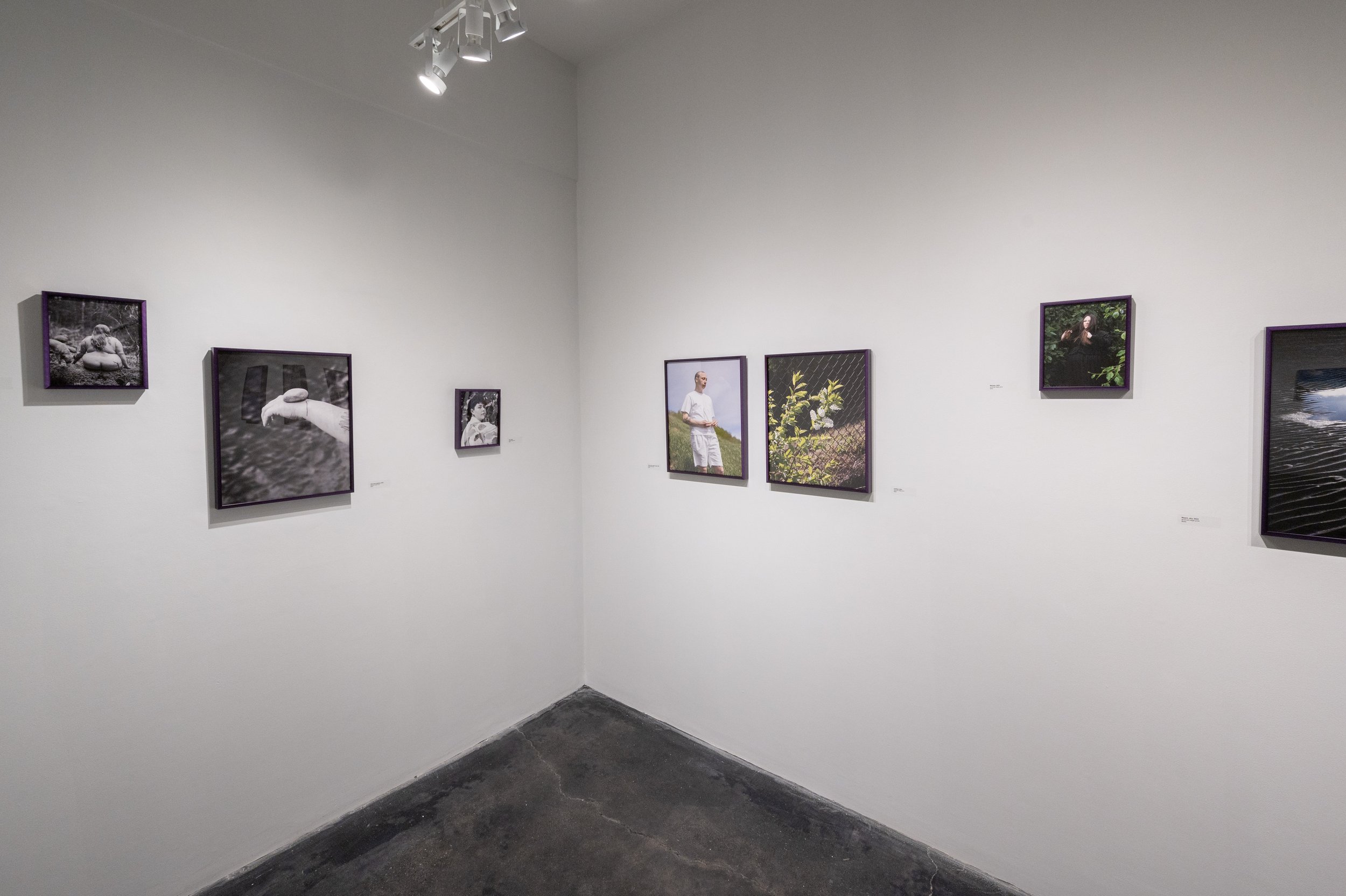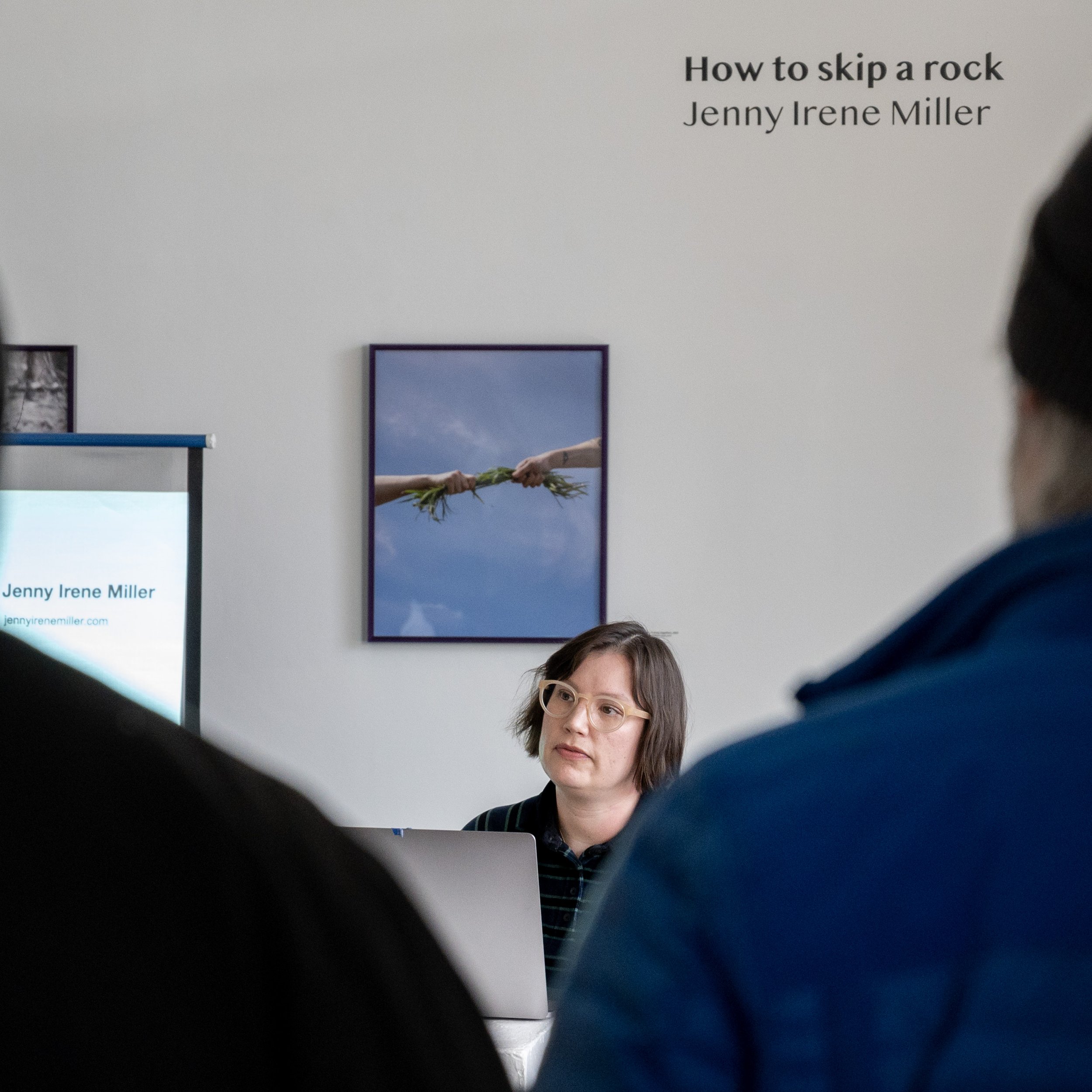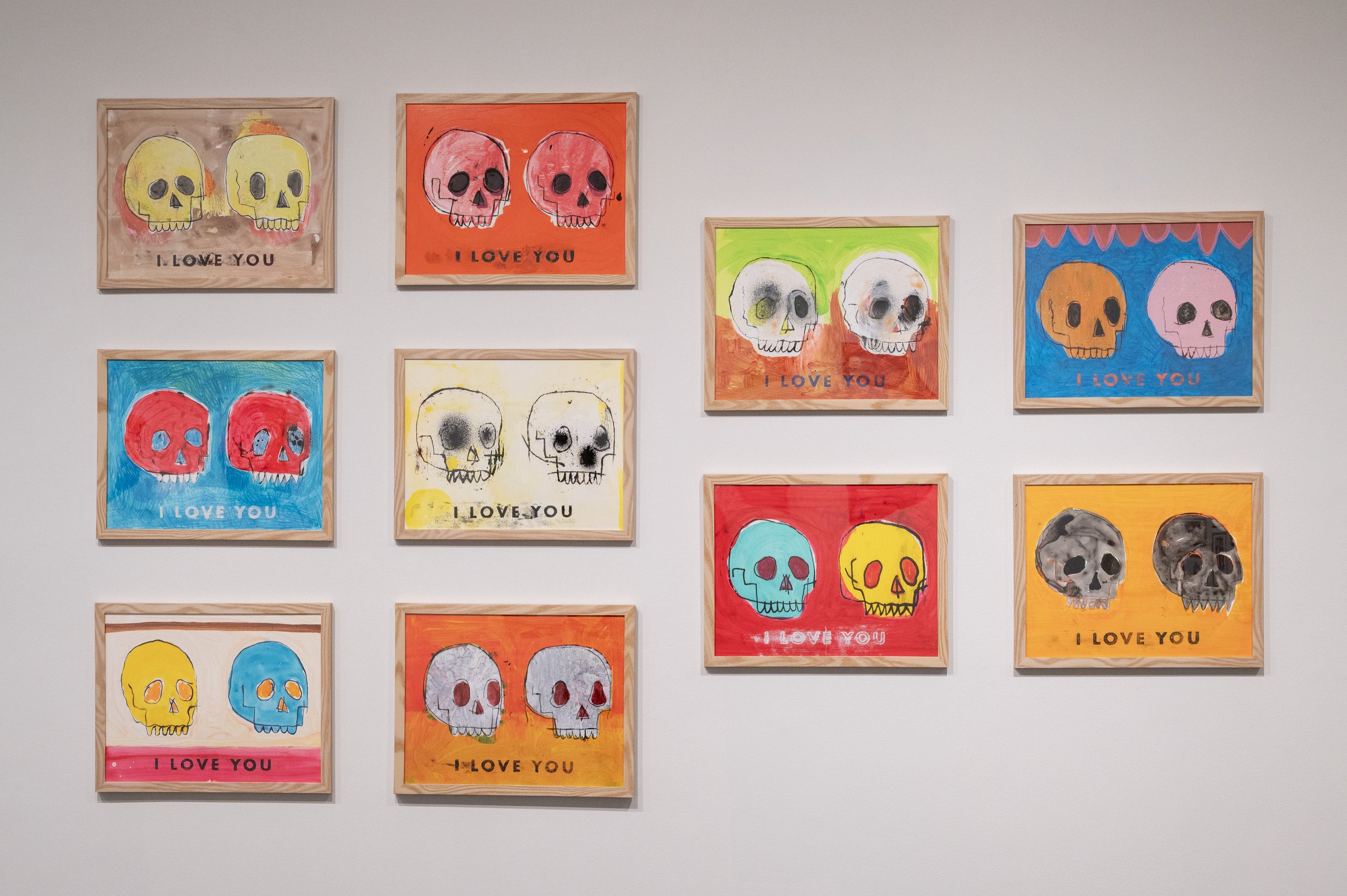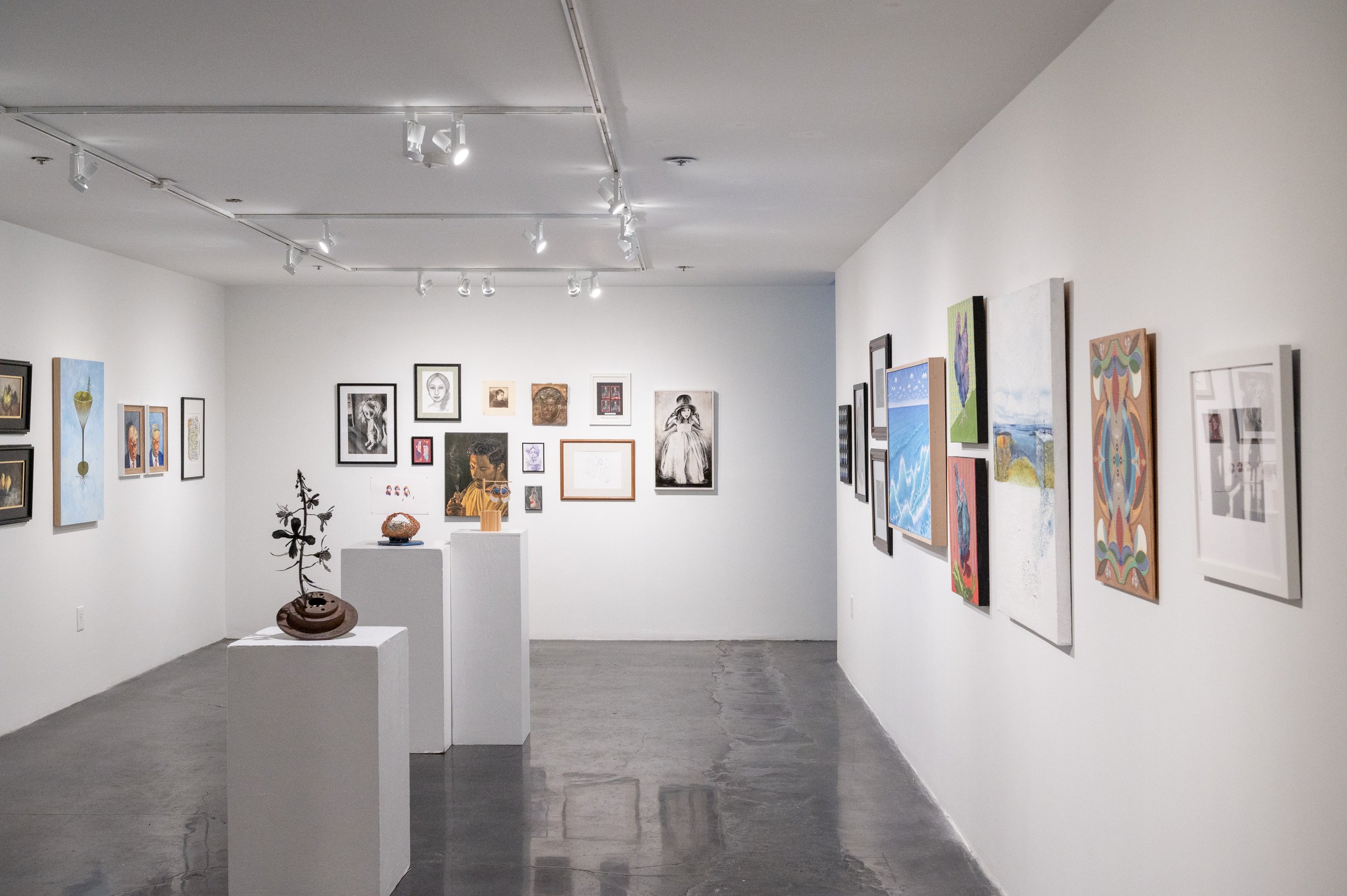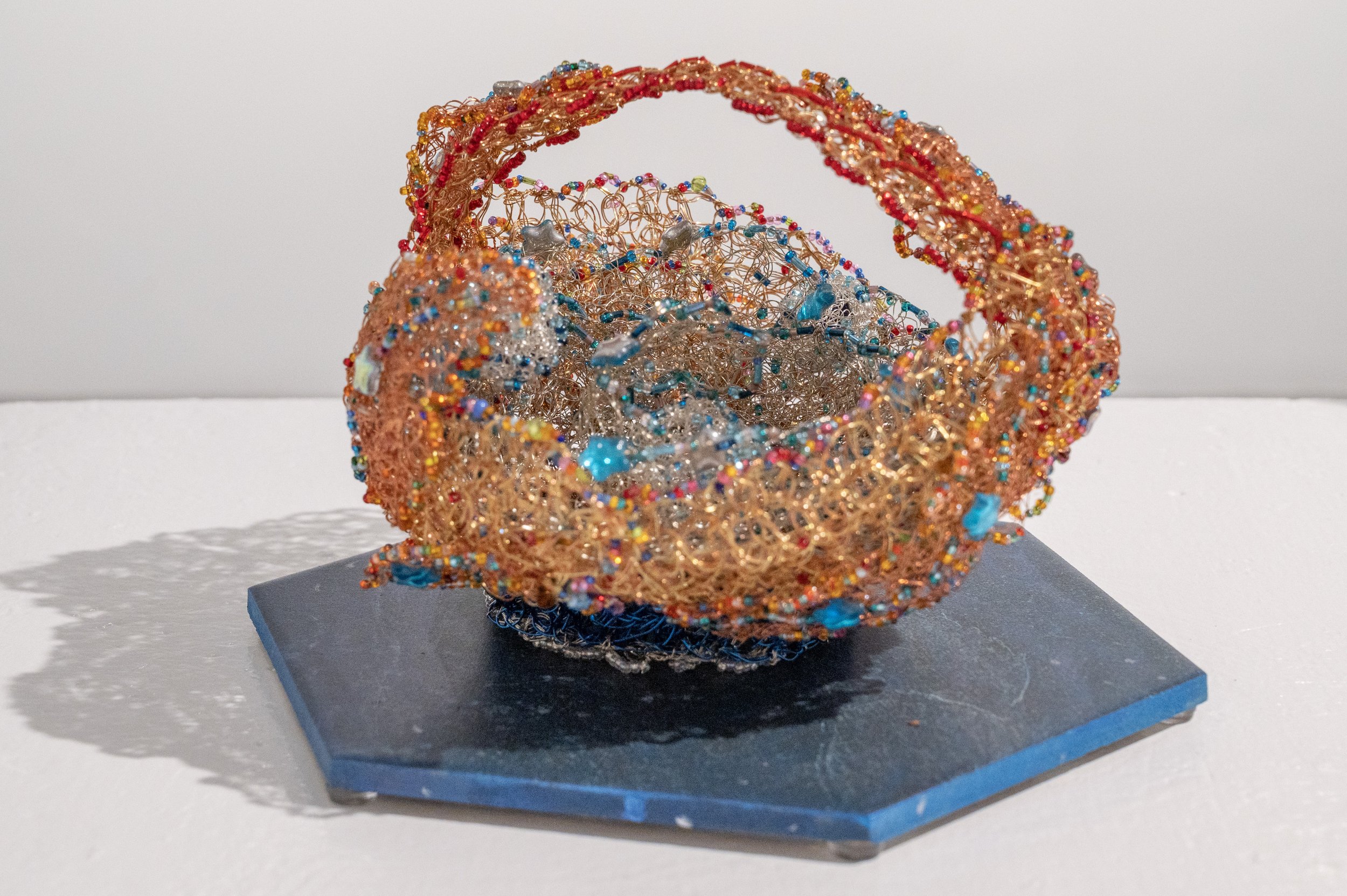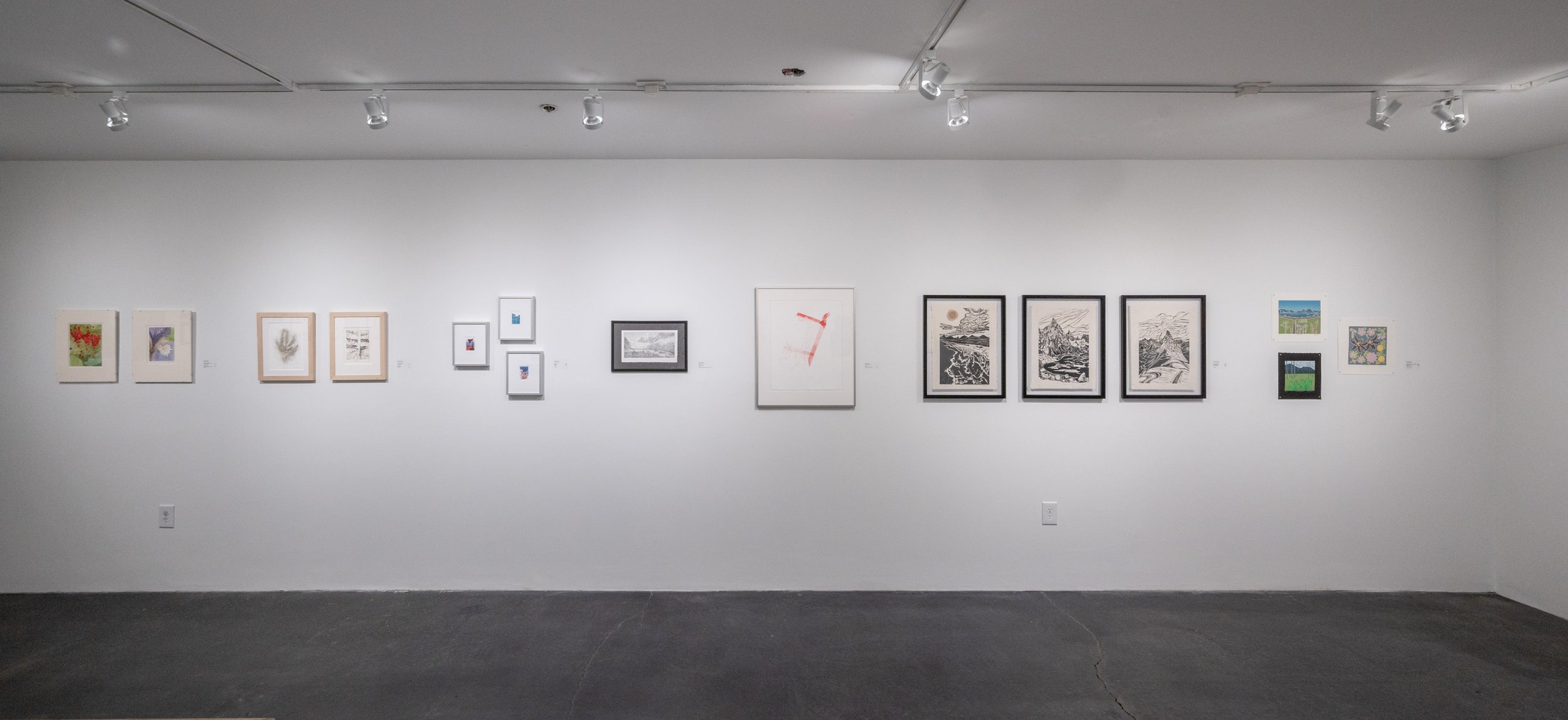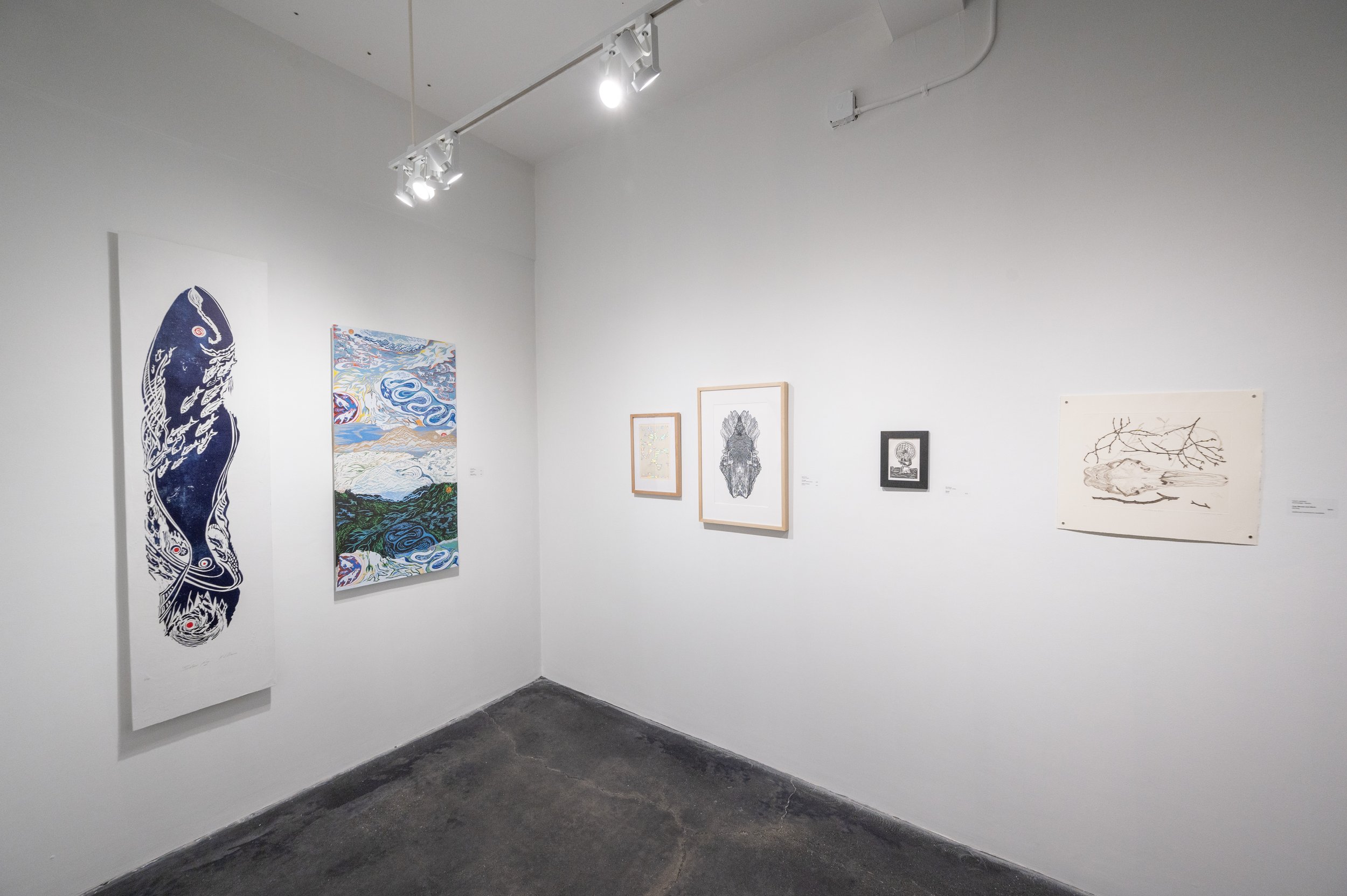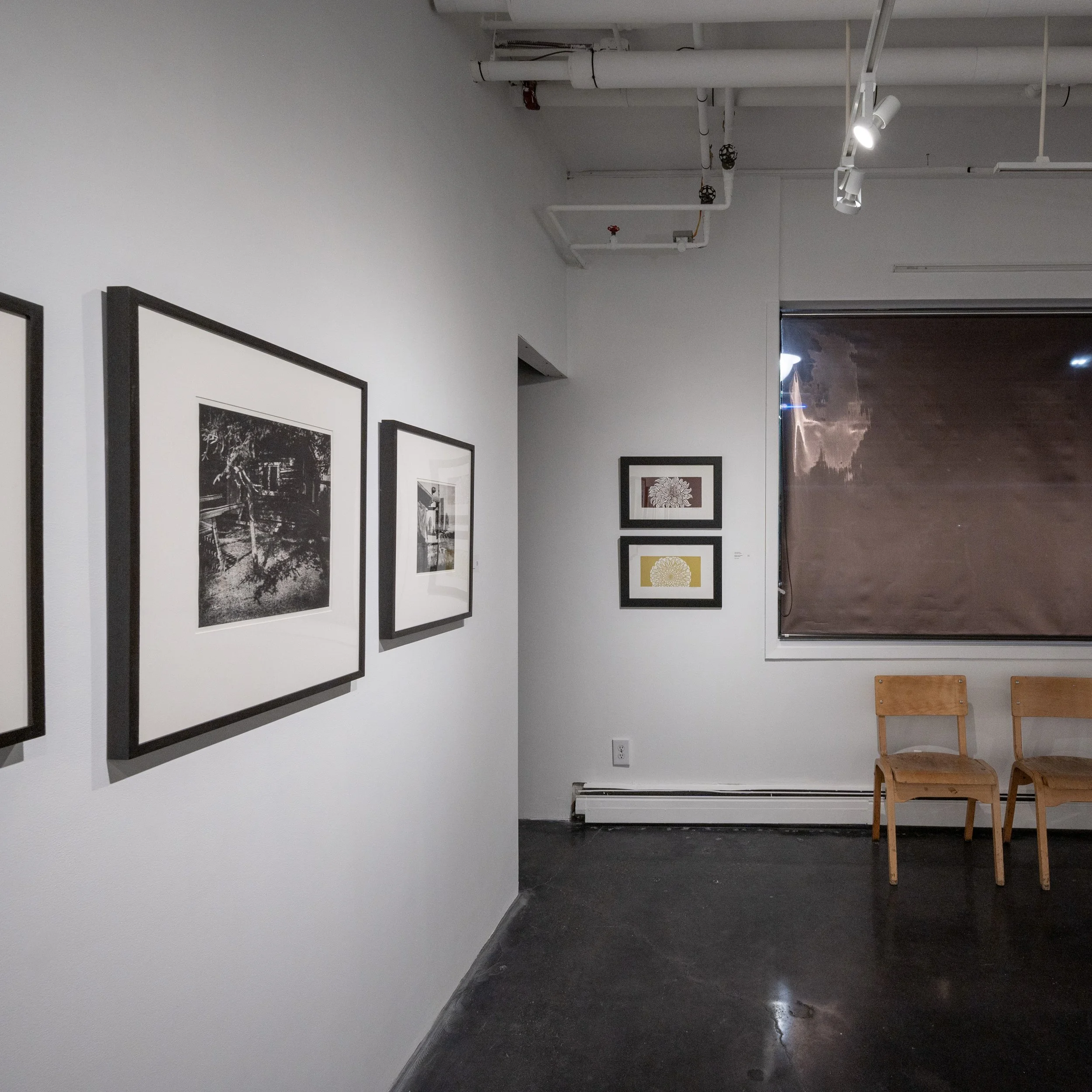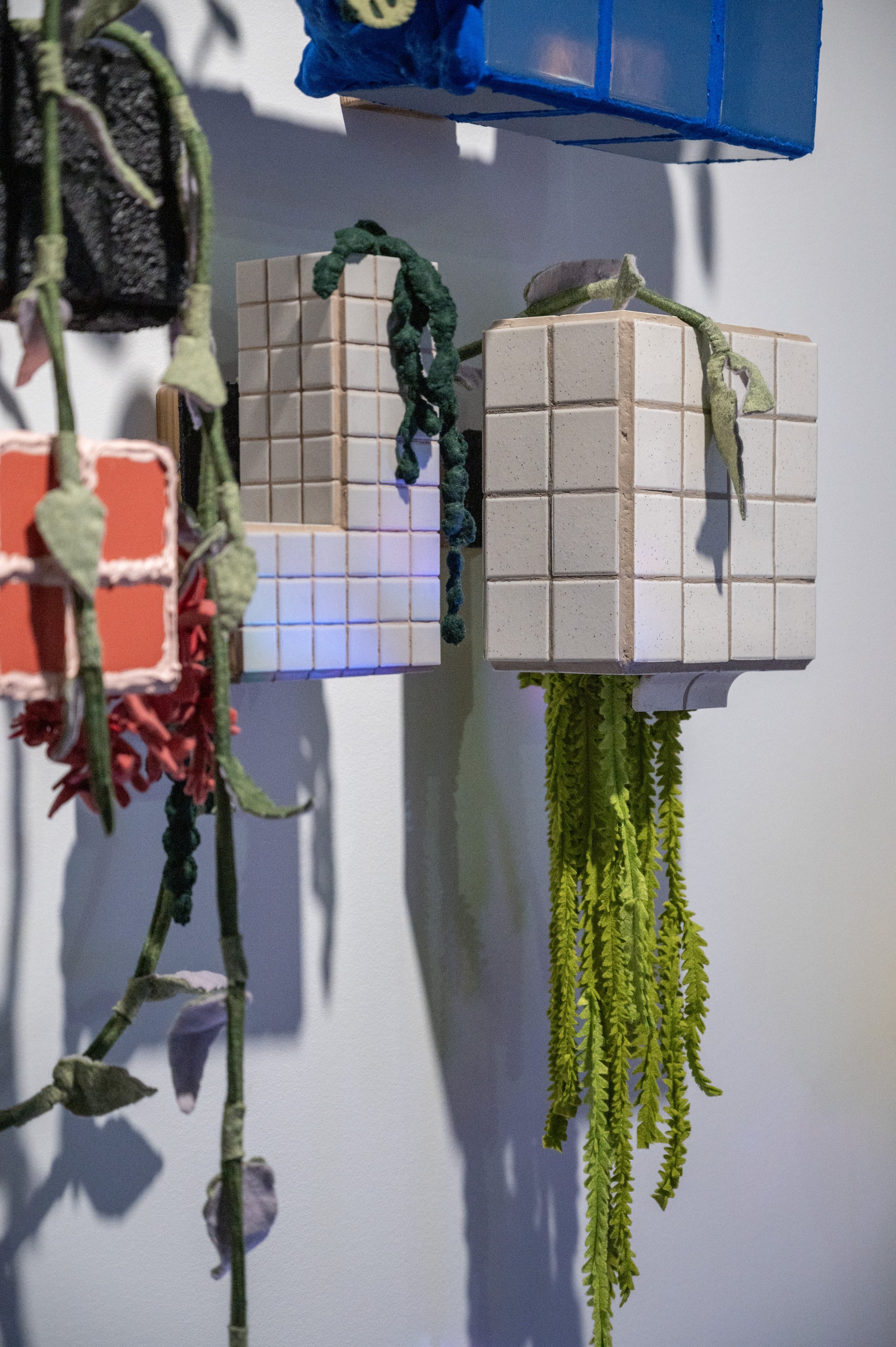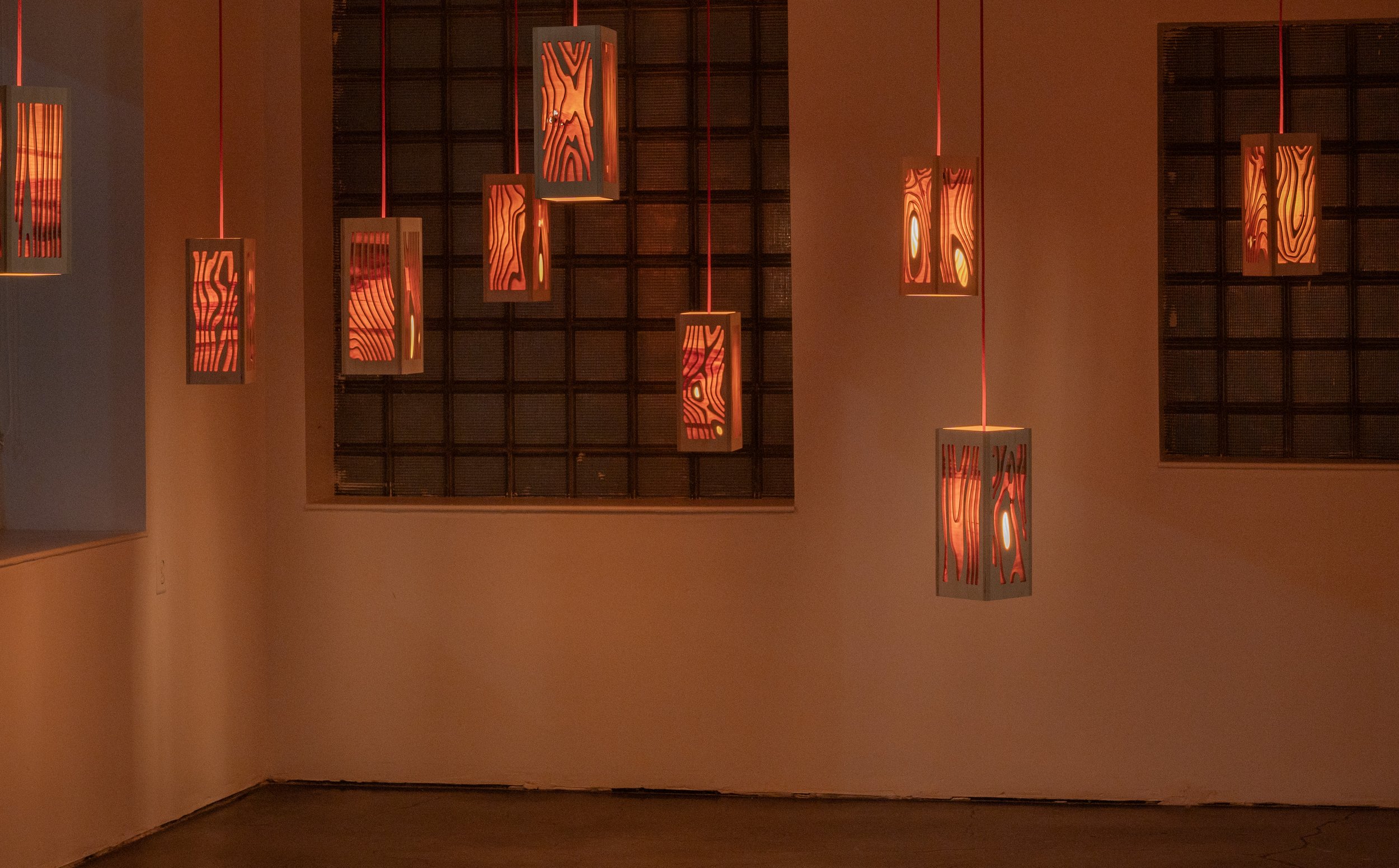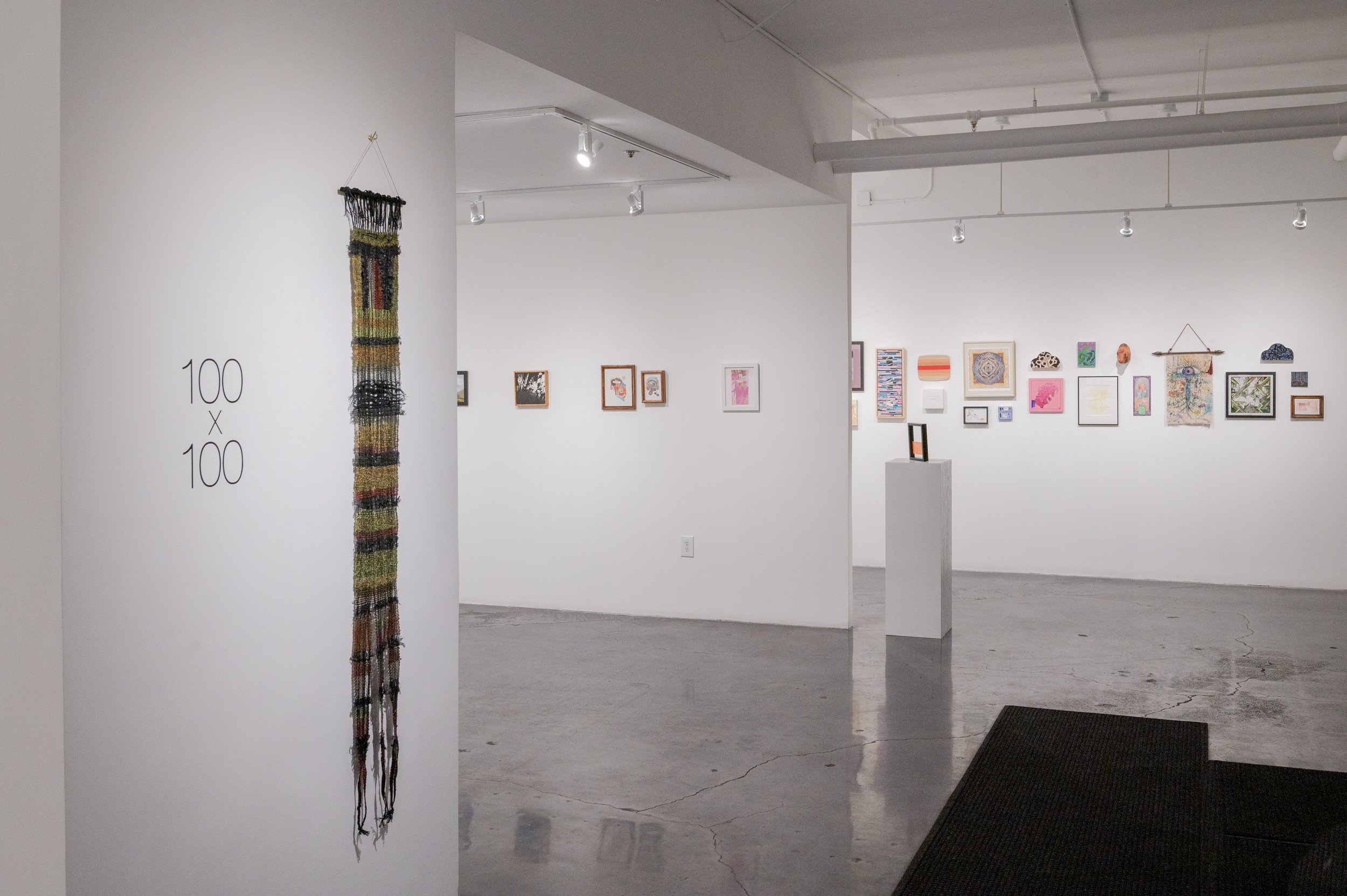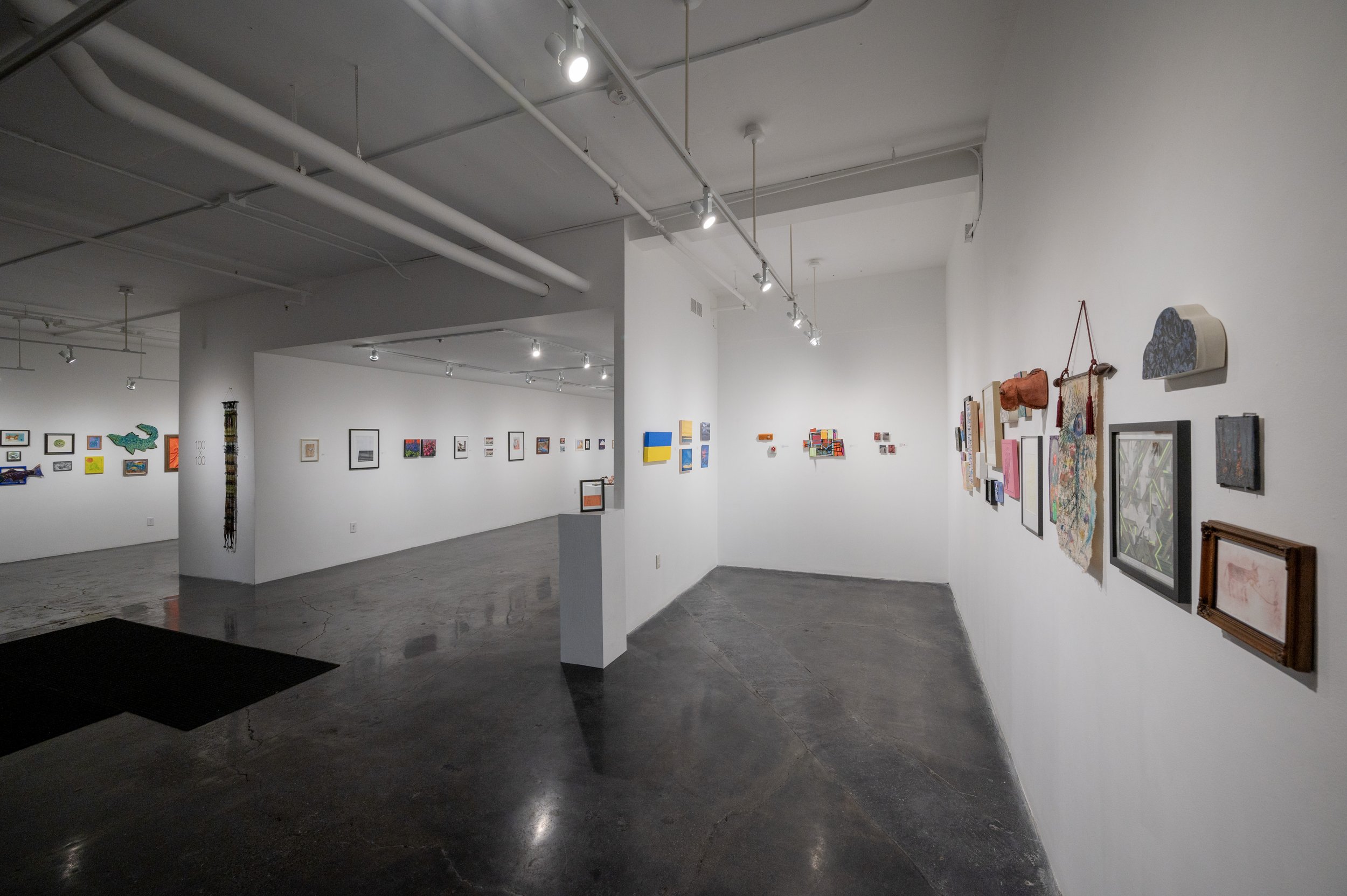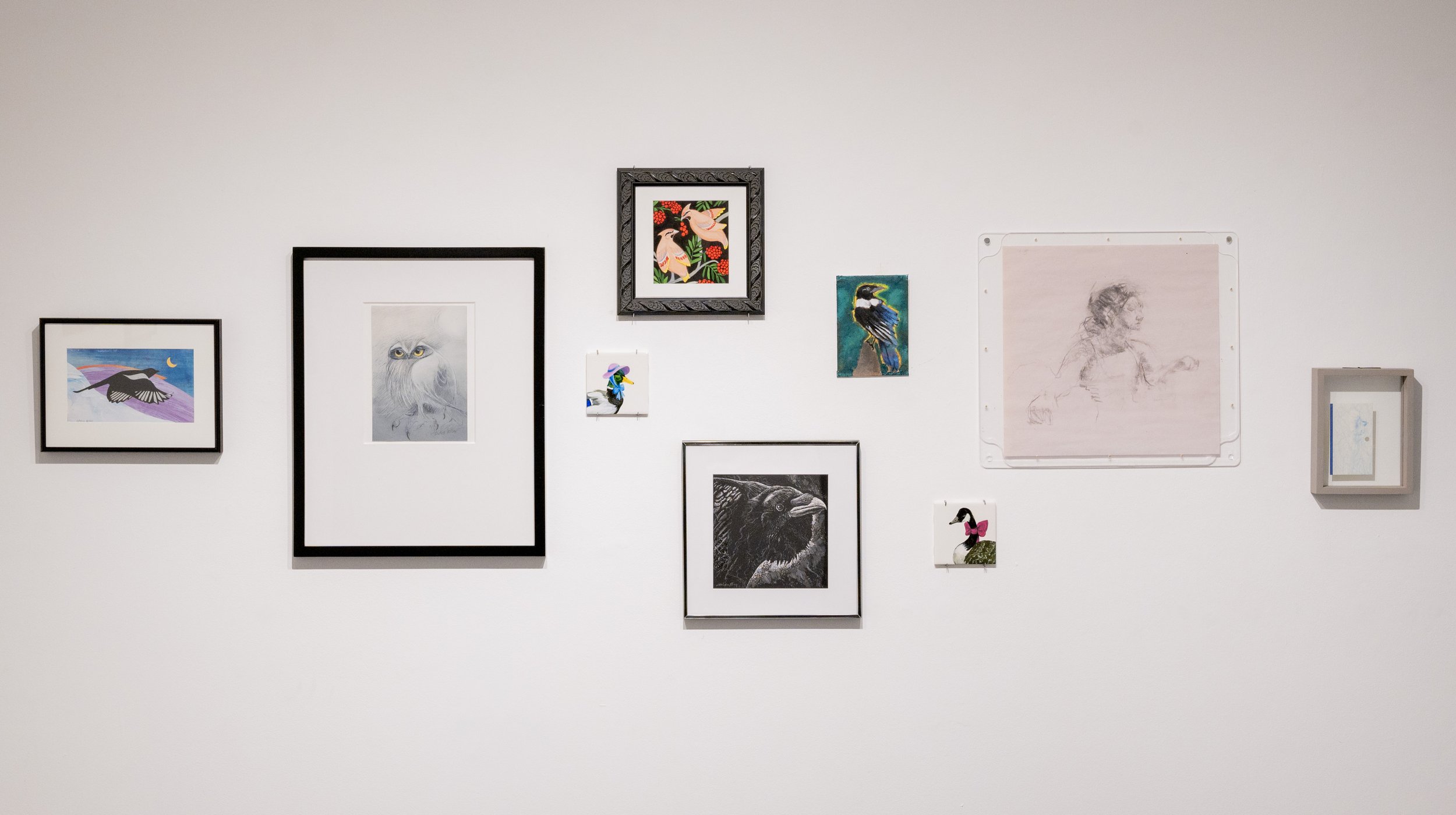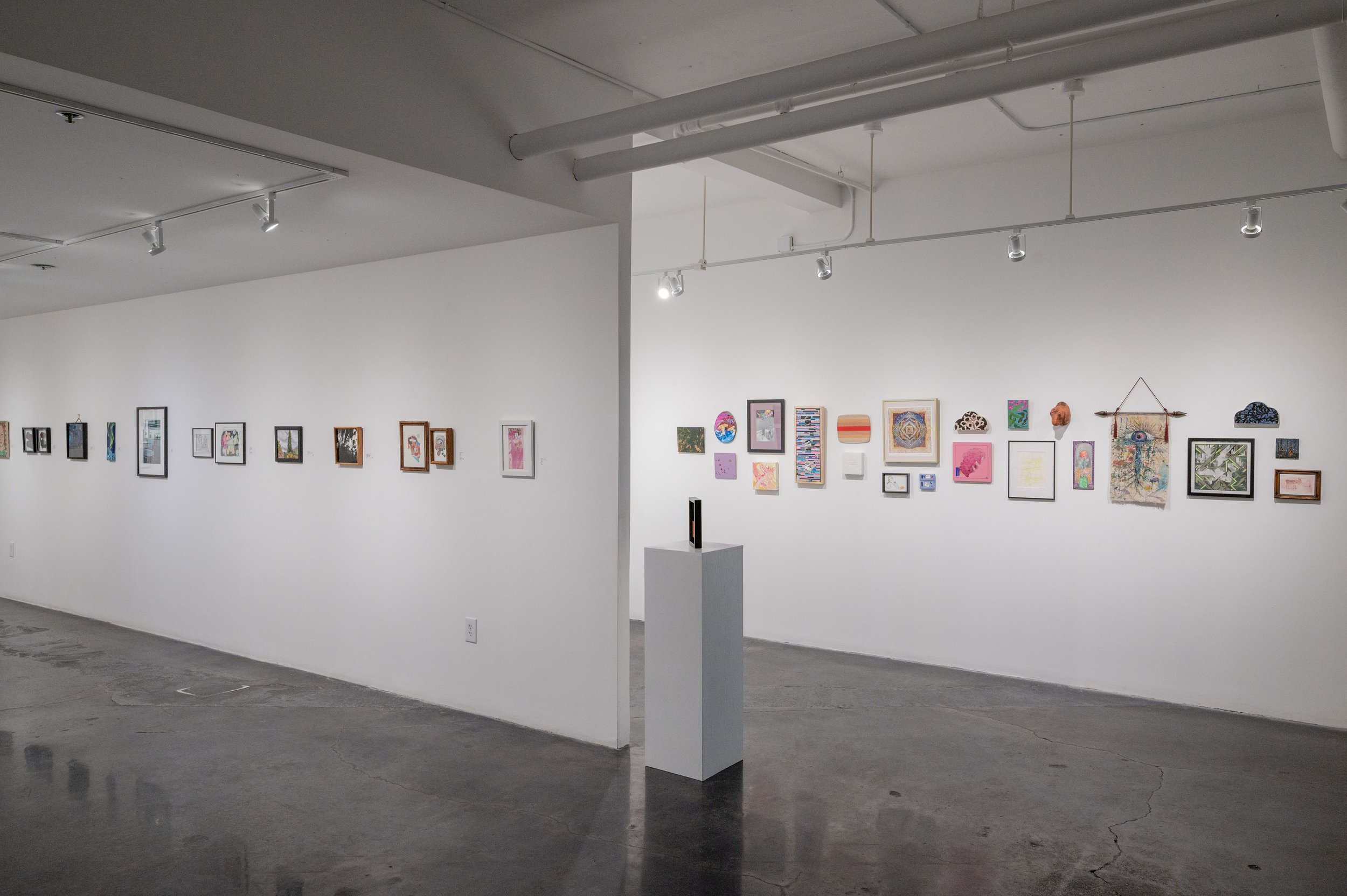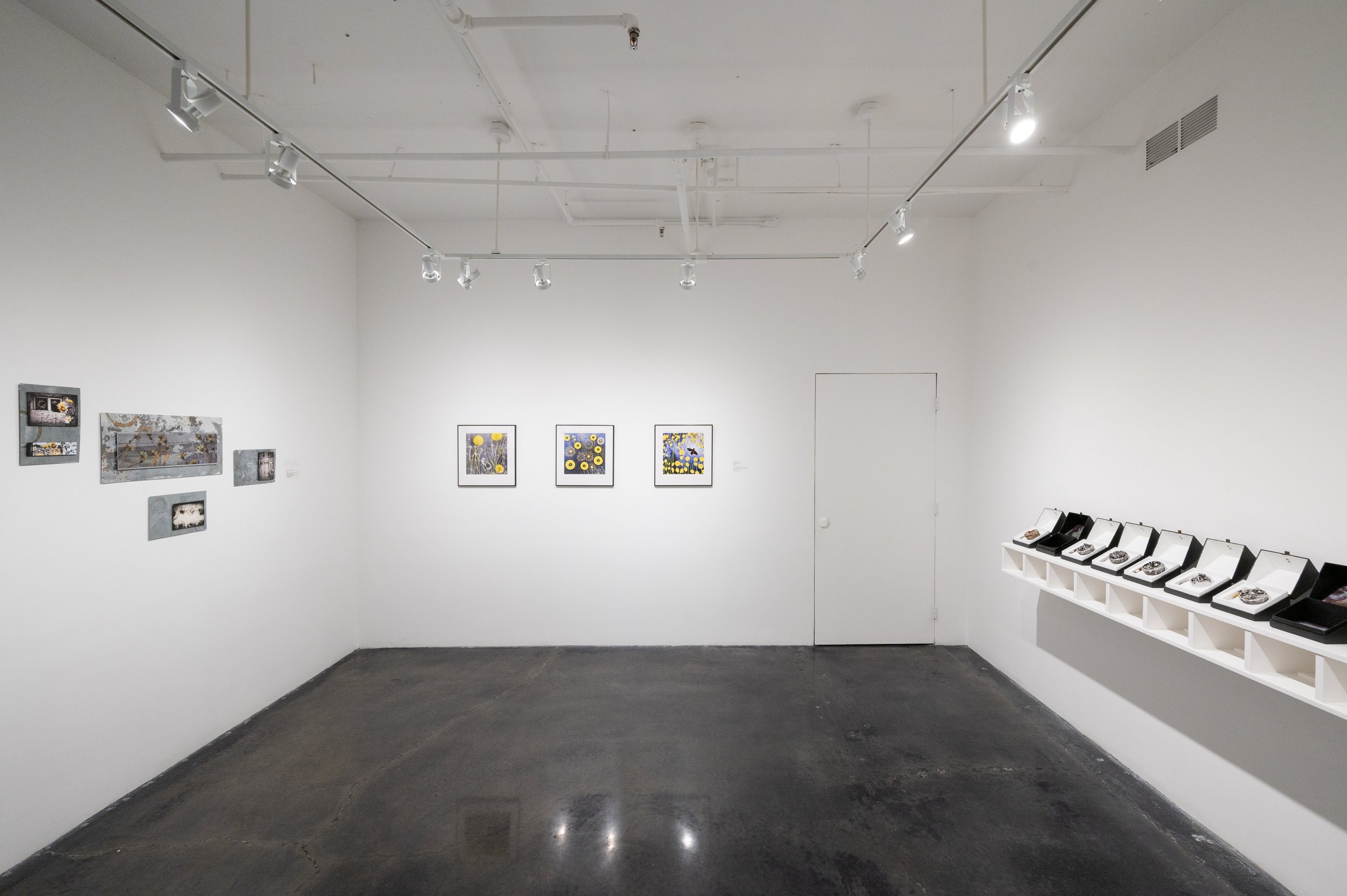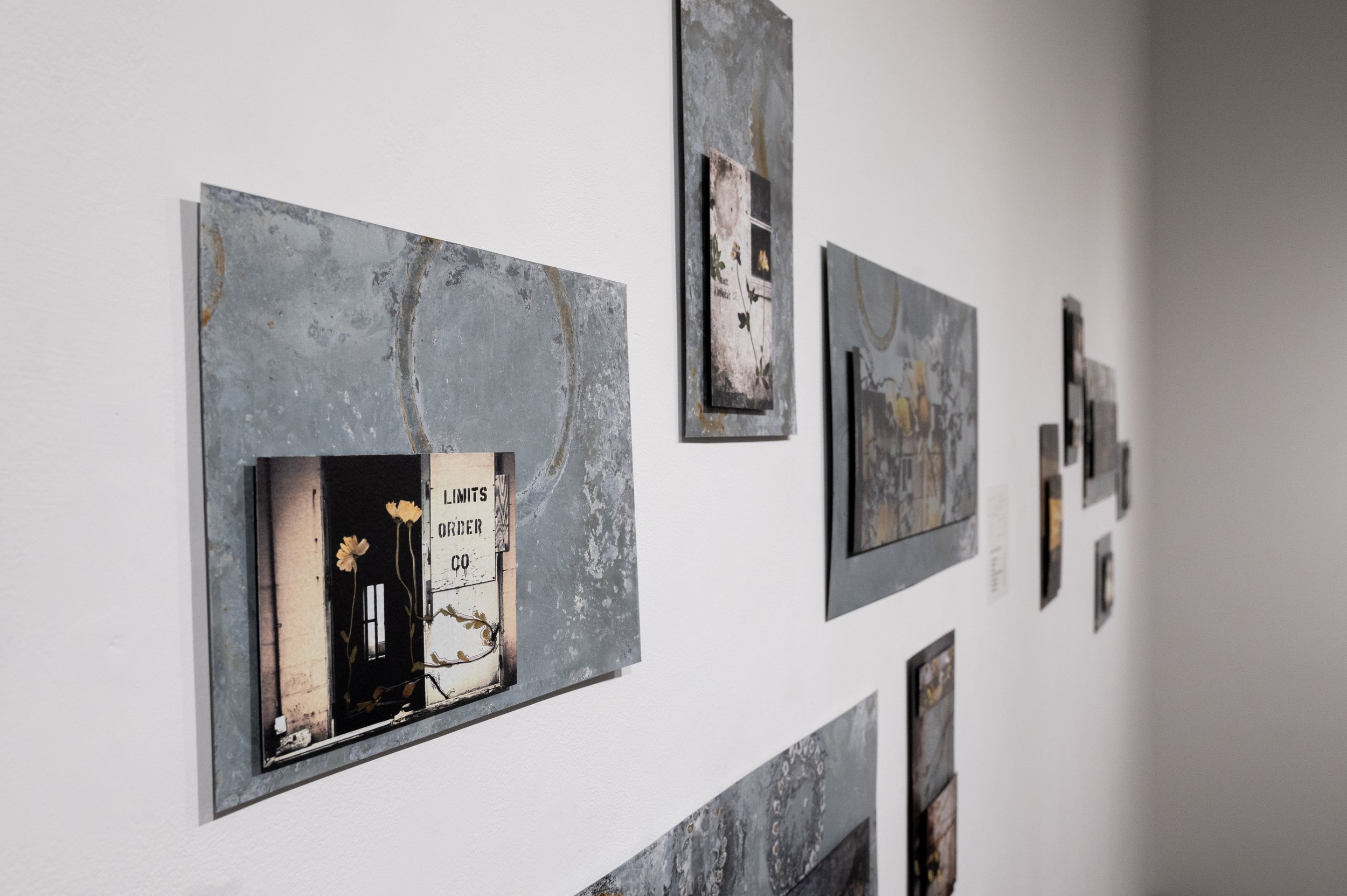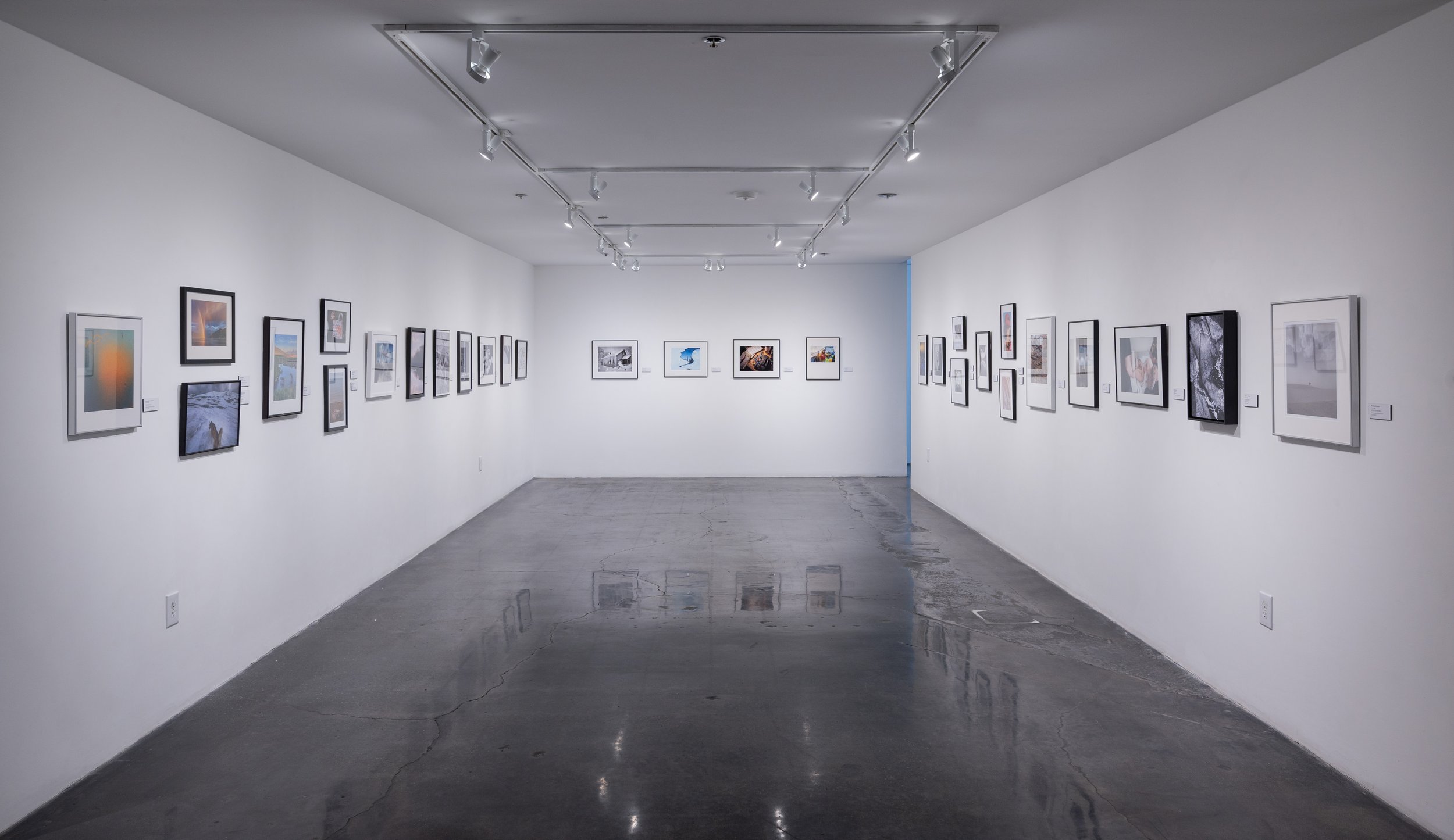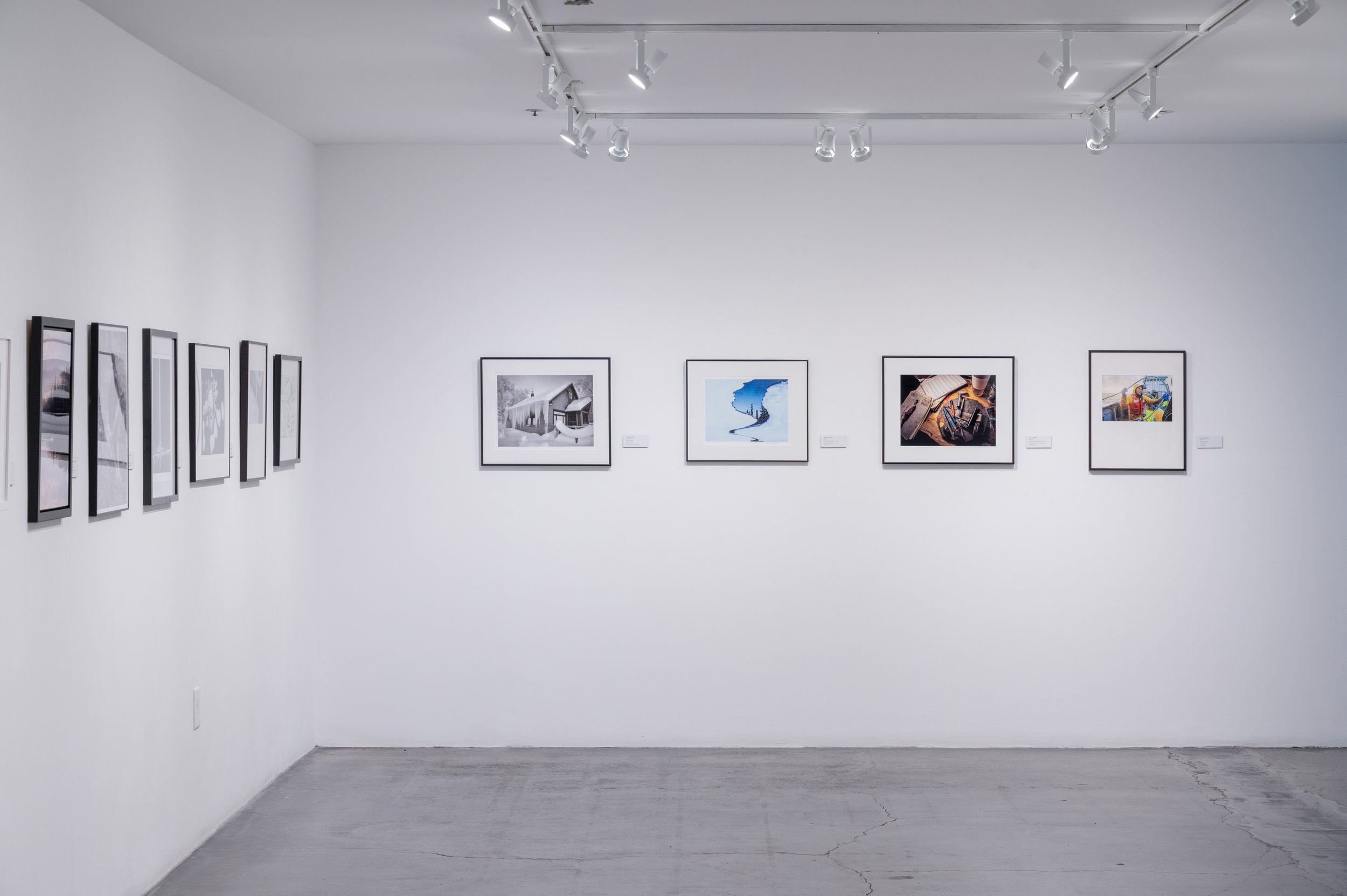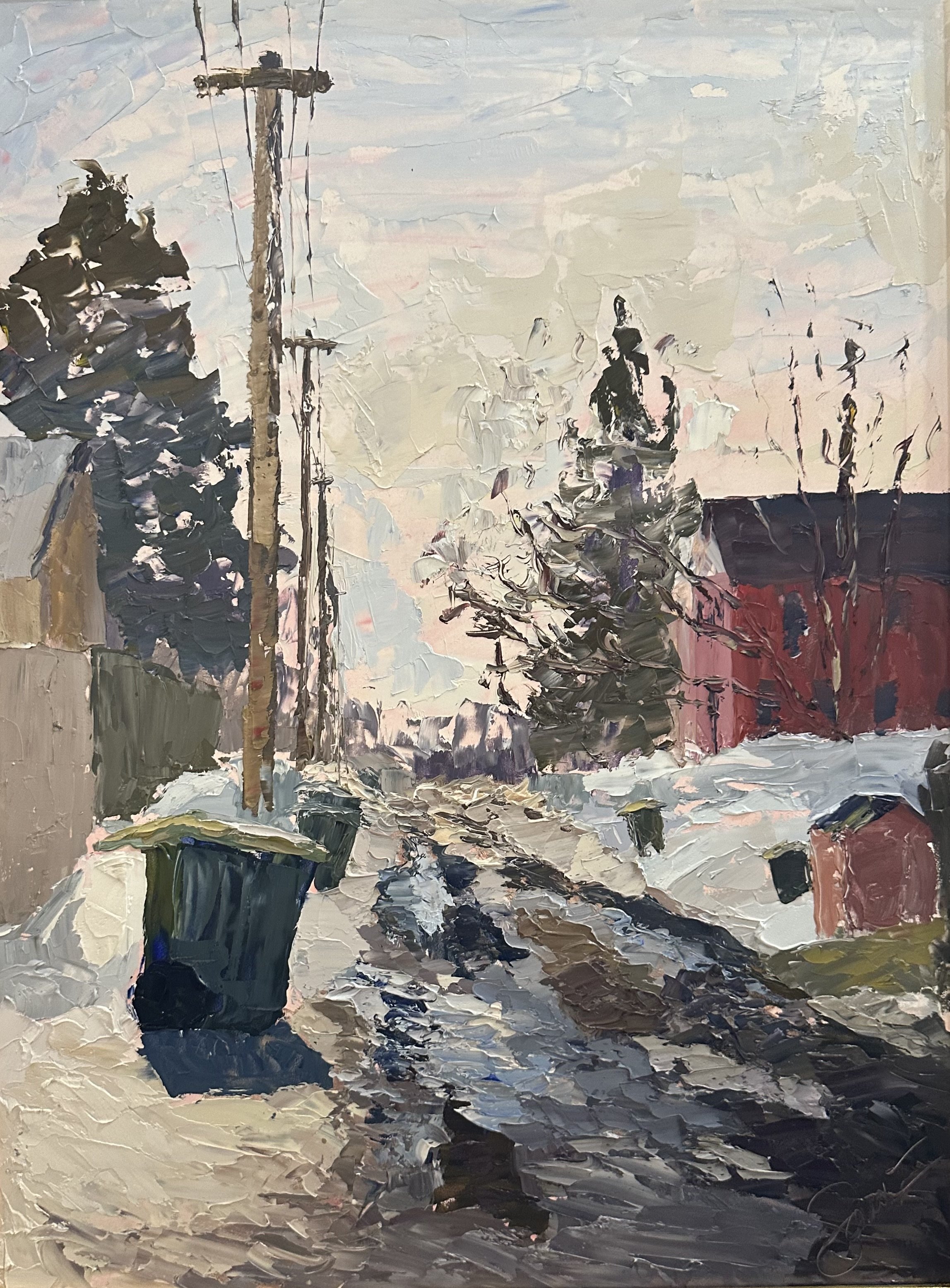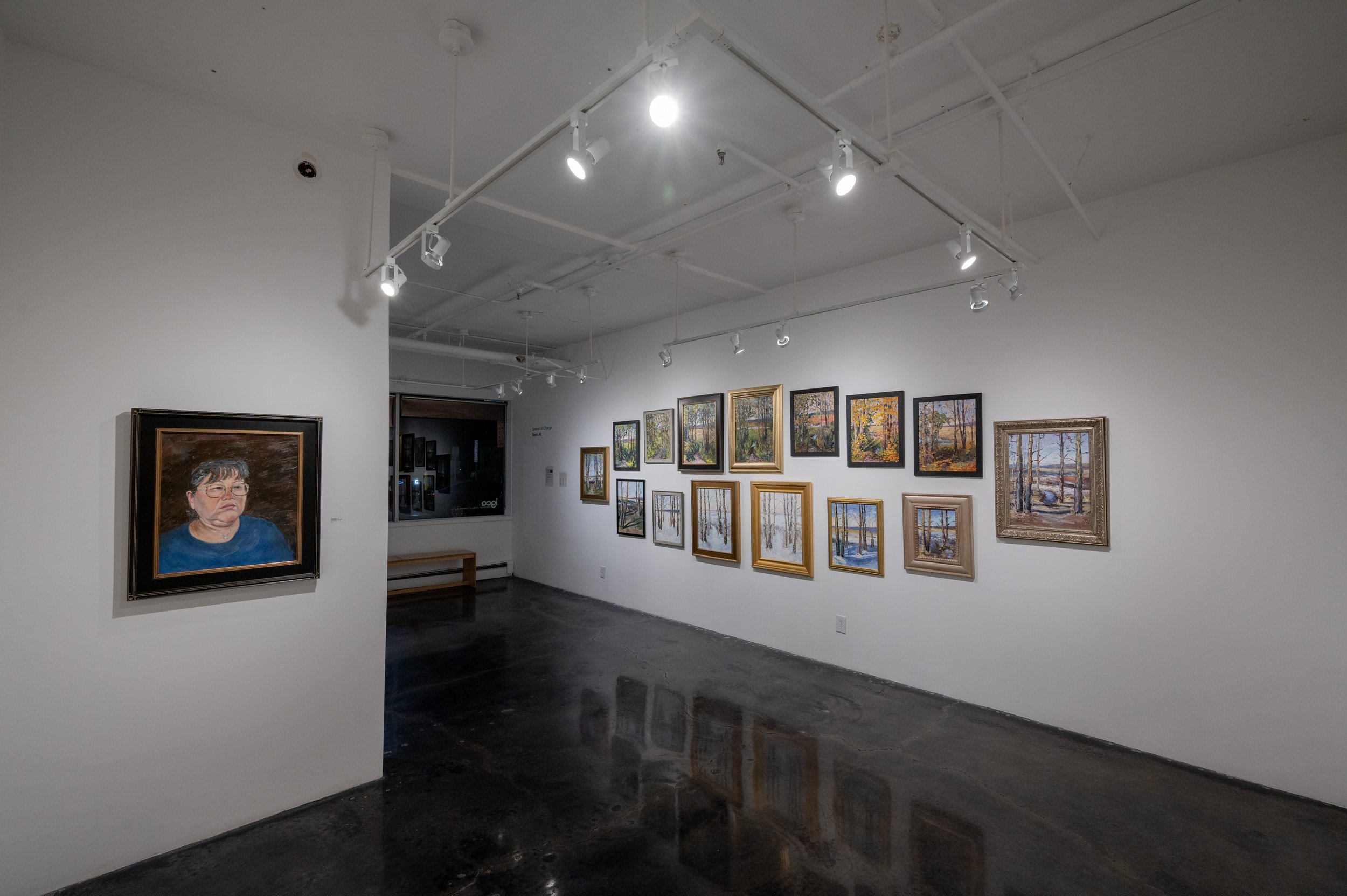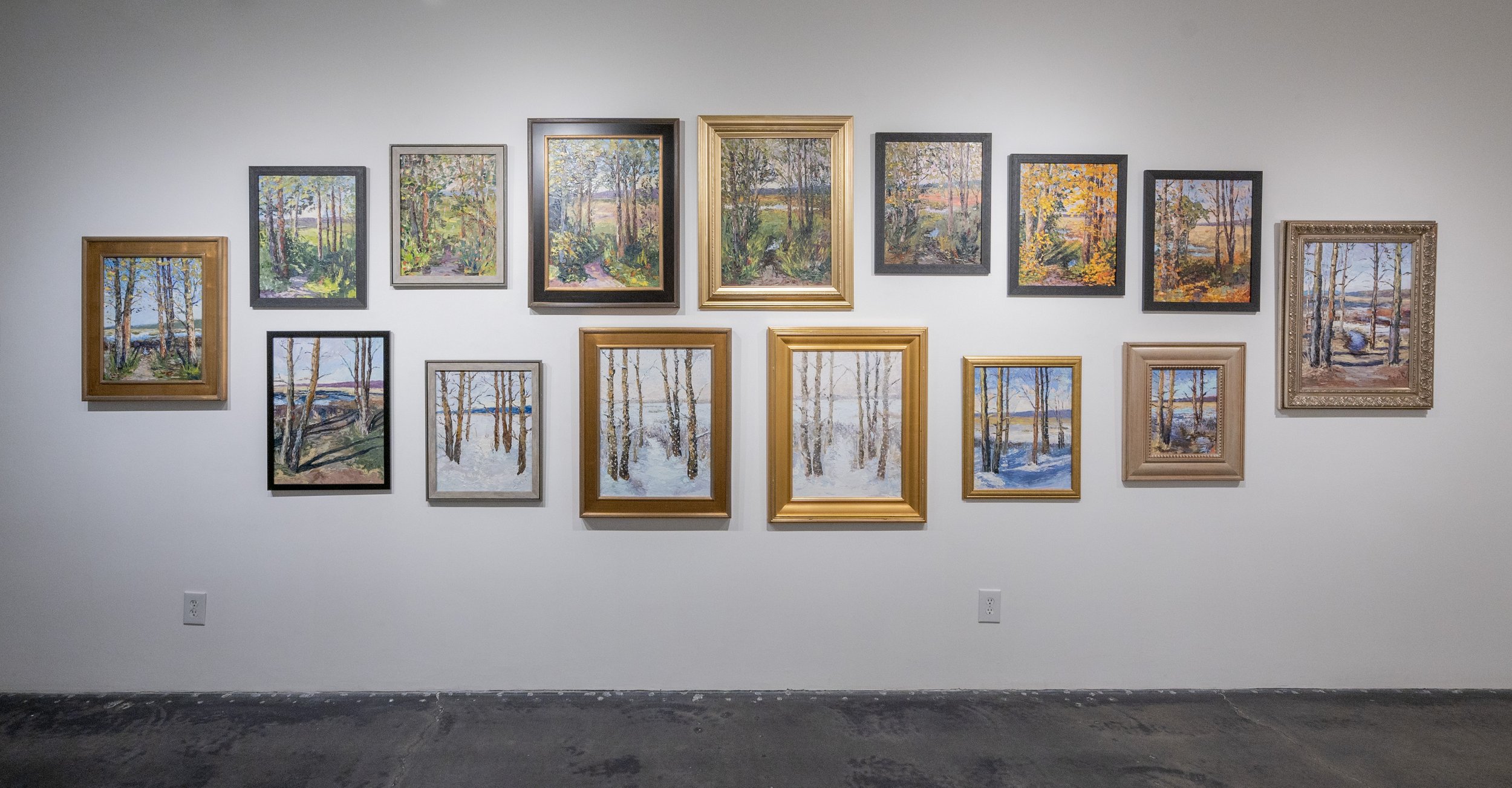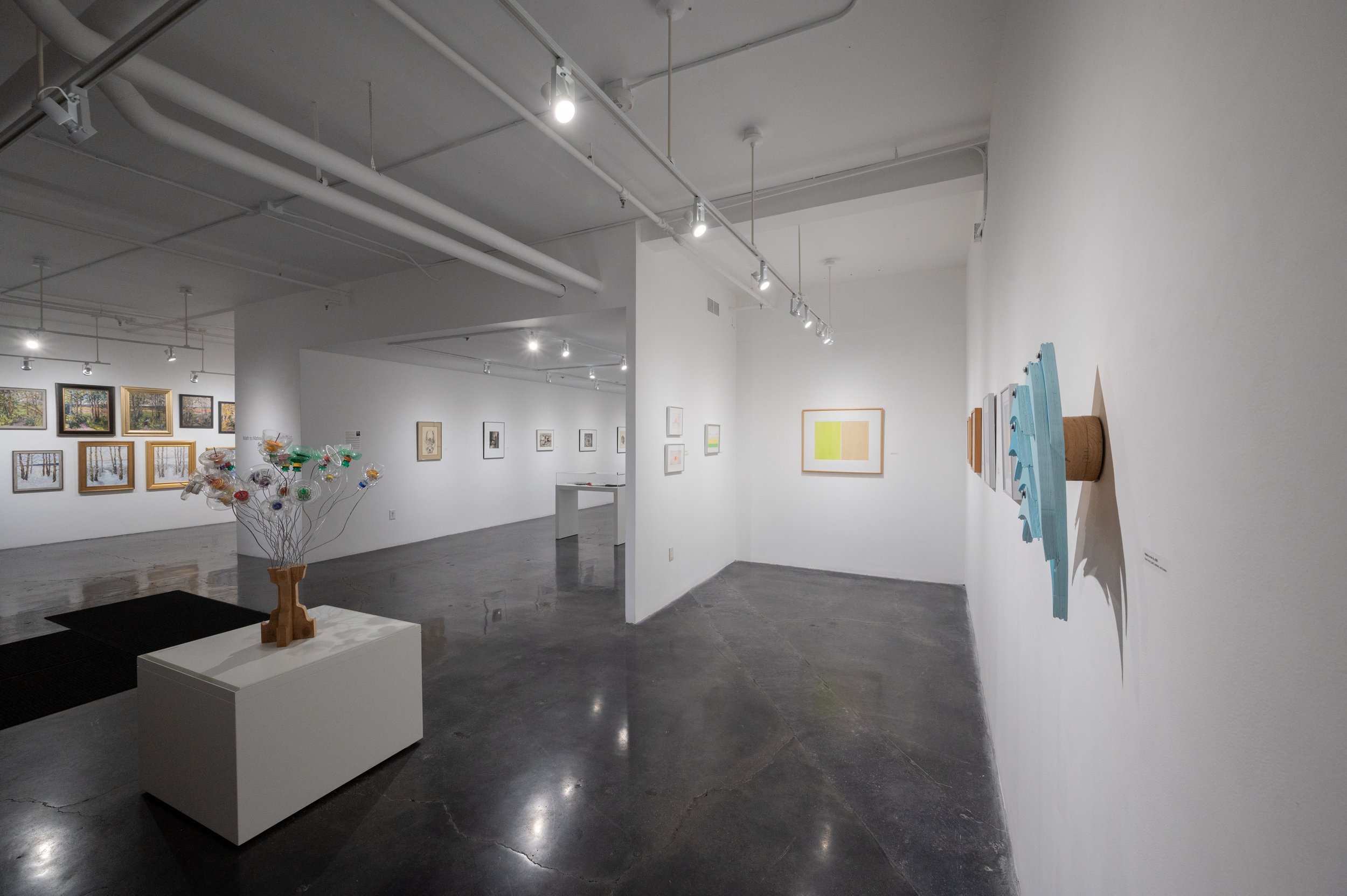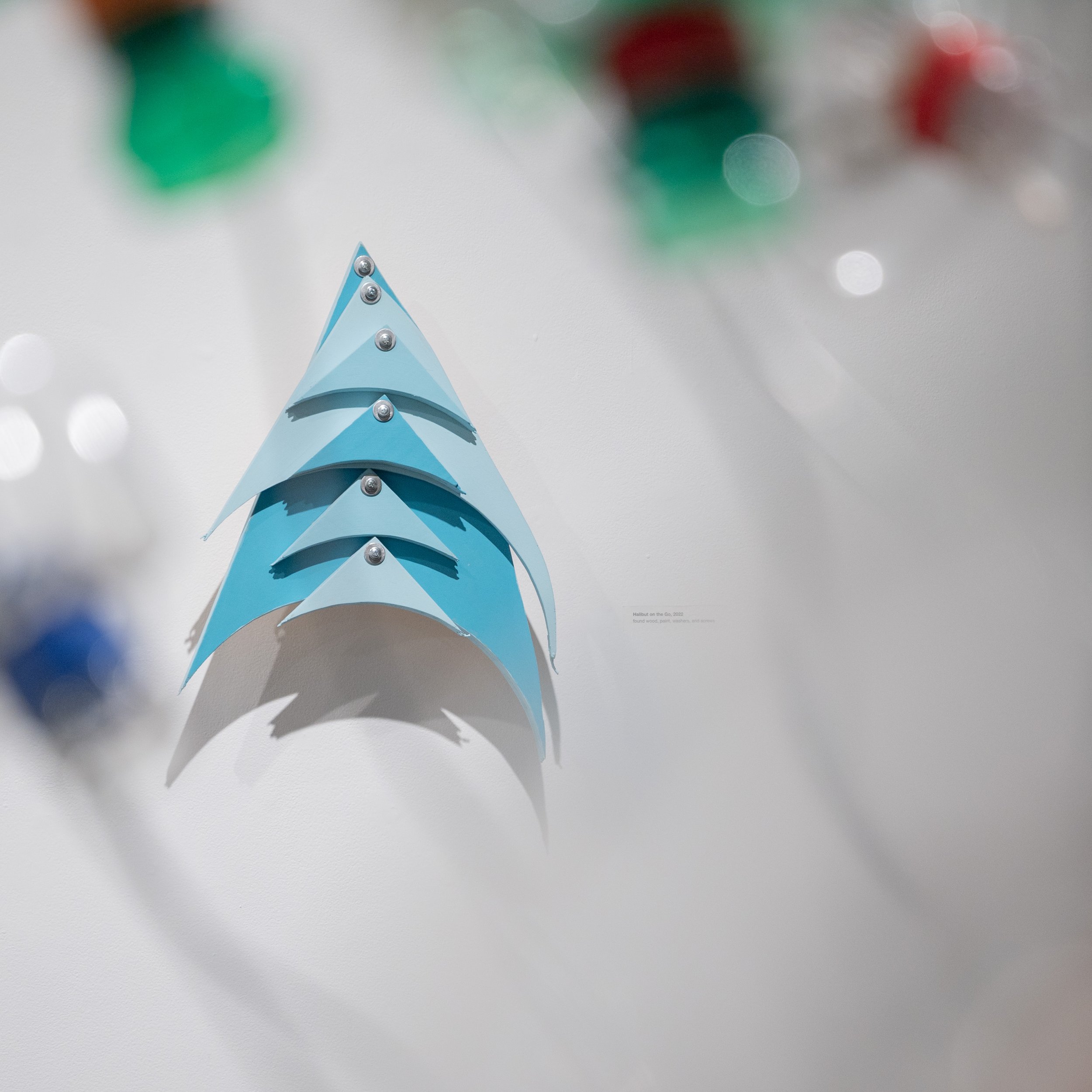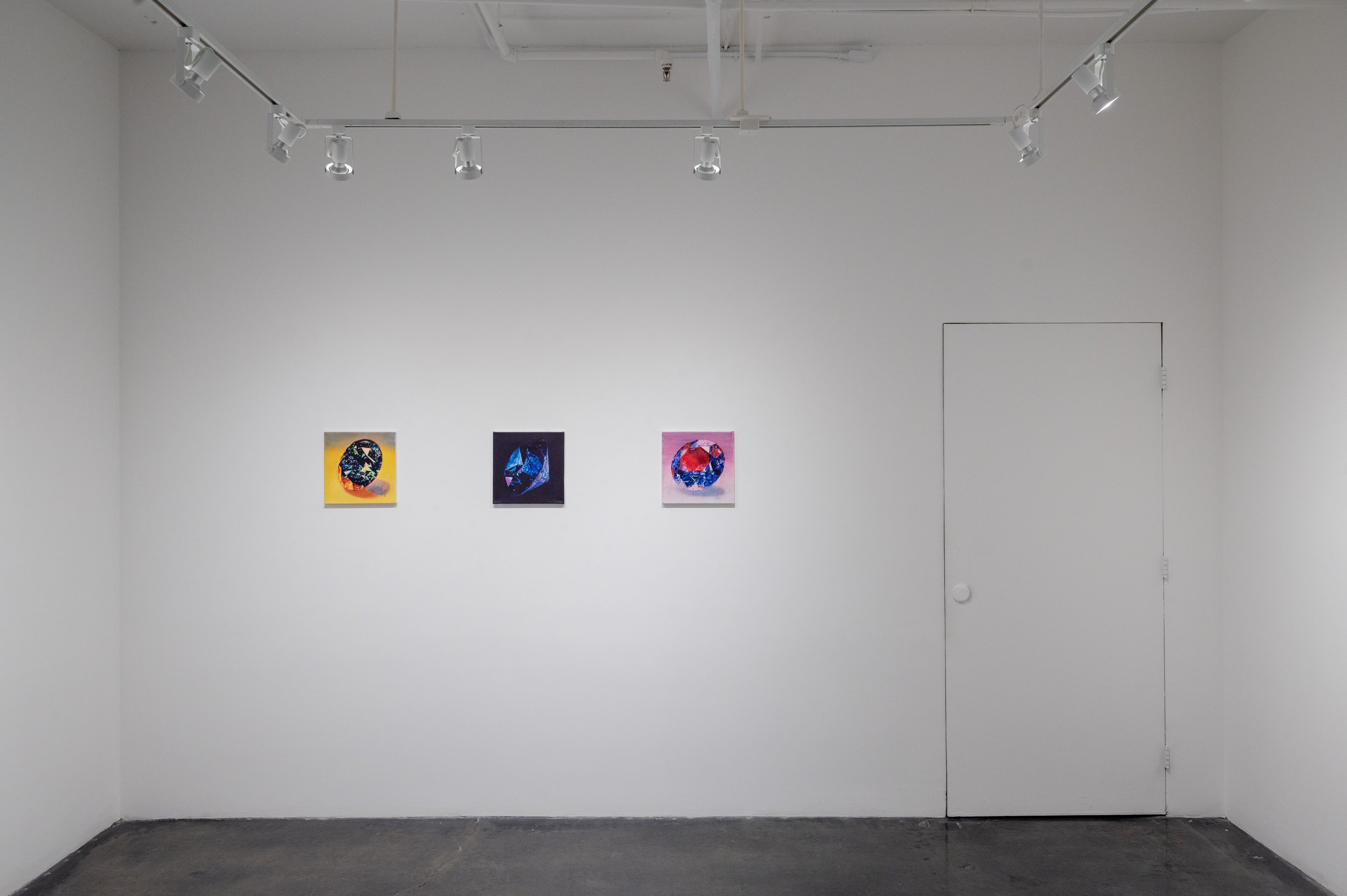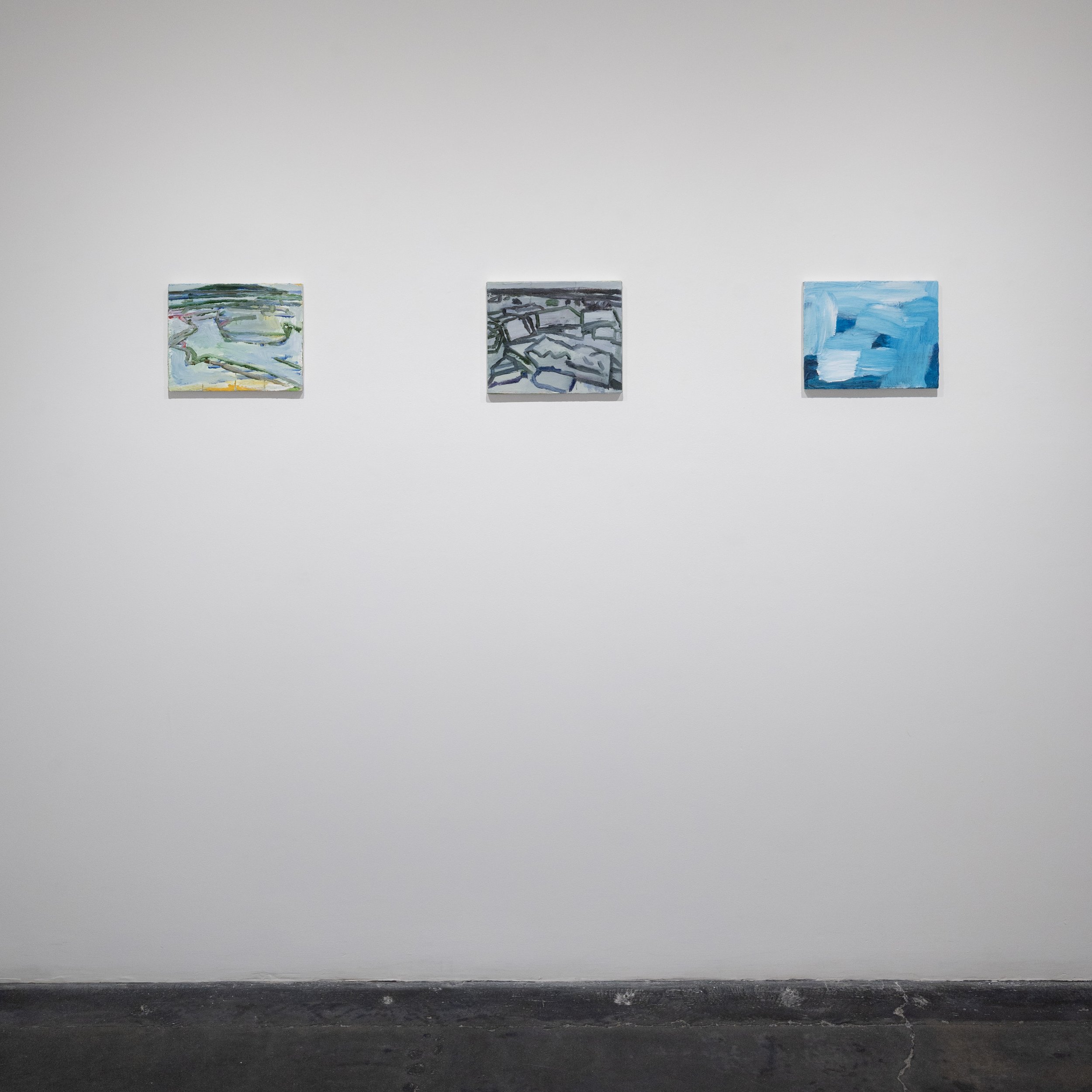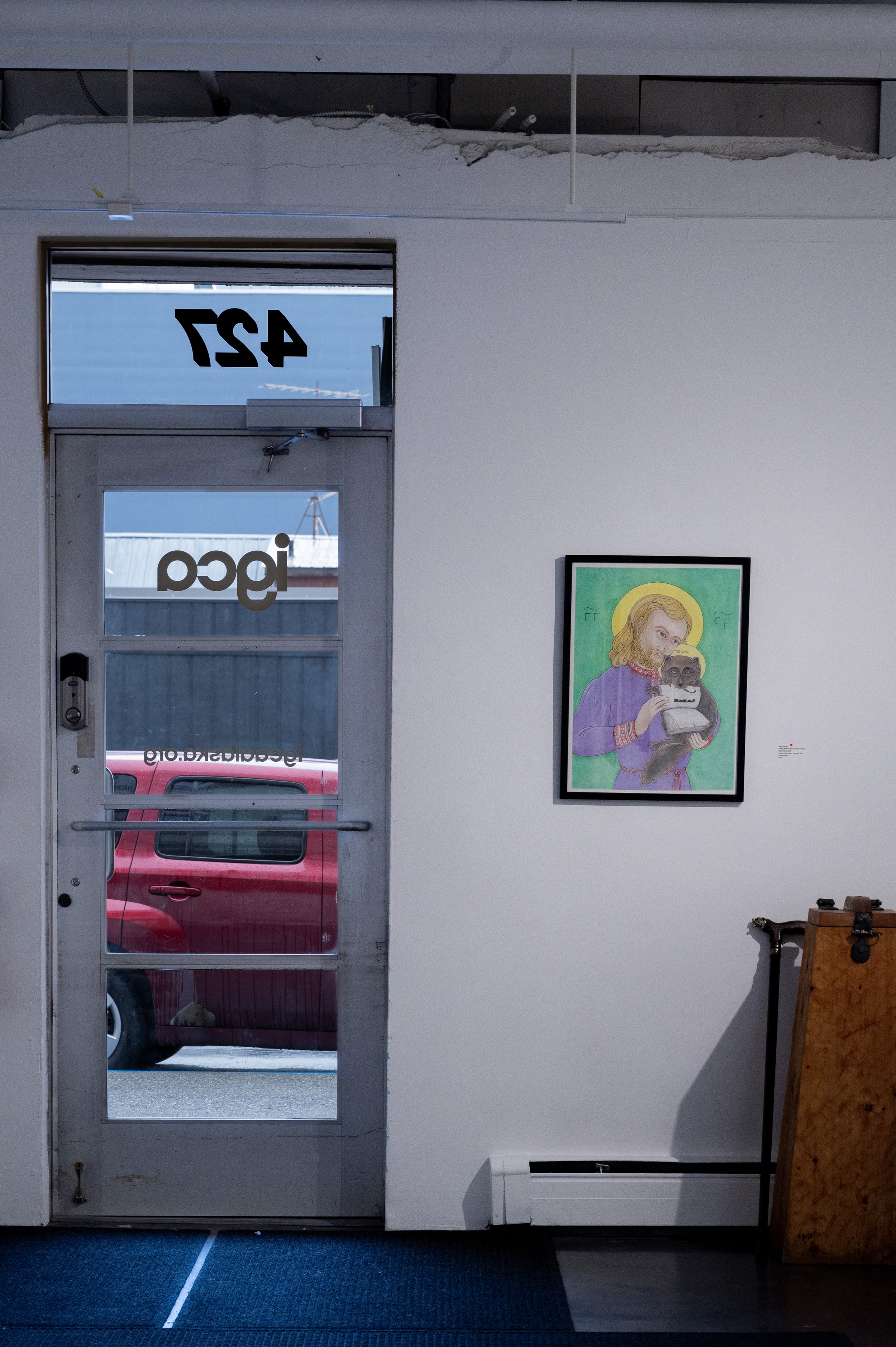SEPTEMBER 2023
CENTER AND SOUTH GALLERIES
Math to Matisse: A Journey 1940-2023 | Gerald Dubie
Math to Matisse: A Journey 1940-2023 reflects artist Gerald Dubie’s lifetime interest in the visual world, connecting these works with his love of math, music, and his drive for discovery. He found Matisse on that journey after years working in black and white, and then carefully adopted color and whimsy, following the master’s lead. These works are personal reflections of a life intensely led.
Statement by Beverly Dubie
This exhibit is Gerald Dubie’s private collection of the art he created during his life in Alaska, 1966-2023. Gerry passed February 17, 2023.
Gerry came to Anchorage as a math teacher in 1966 for two years and stayed, as a teacher, a university instructor, a tennis champ and coach, and a manager at the state court system.
He acted in local theatre, sang in community choruses, wrote poetry, captained a boat and built a remote cabin. Grateful he made Alaska his home.
He also responded to these experiences by producing some of the works you see in this exhibit. Most are not titled because, not expecting them to be publicly shown, Gerry did not name them. He shared some of his work in progress with friends but most were created privately in response to a particular time, idea, feeling. He said he shifted his energy and competitive drive to creating, responding to life circumstances that ignited ideas he sought to make concrete.
Gerry worked primarily in pencil and paper. For years, starting with the drawing of the skull, he limited himself to black and white, including the large work that won honorable mention at Alaska Methodist University Juried Art Show in the late 1960’s, and other abstract works reflecting his love of math, especially geometry.
Then, Gerry decided he would carefully, slowly enter the world of color and during that journey discovered artist Henri Matisse and was hooked! He permitted himself to experiment with movement, color, shape and produced several of the works in the exhibit including “Window to Matisse”.
Gerry spent meditative weeks after his daughter’s death in 2000 drawing line after careful line to create “Earth is the Place…”, remembering a view from an airplane ride they shared.
“Lavender World” emerged after a particularly meaningful trip to France and “Sails in the Sky” is a tribute to the beauty of Gerry’s cabin on Kasitsna Bay.
Gerry also saved lots of discarded stuff - old bottles, scraps of wood, tinfoil, metal and surprised himself with whimsy, his sculptures “Bottle Rearrangement”, “Halibut On The Go”, and “Perky Critters”.
Gerry would be surprised his work is being shown, thanks to Ted Gardeline and the International Gallery of Contemporary Art, and would be grateful and honored you are here to share part of his life. Thank you for coming.






